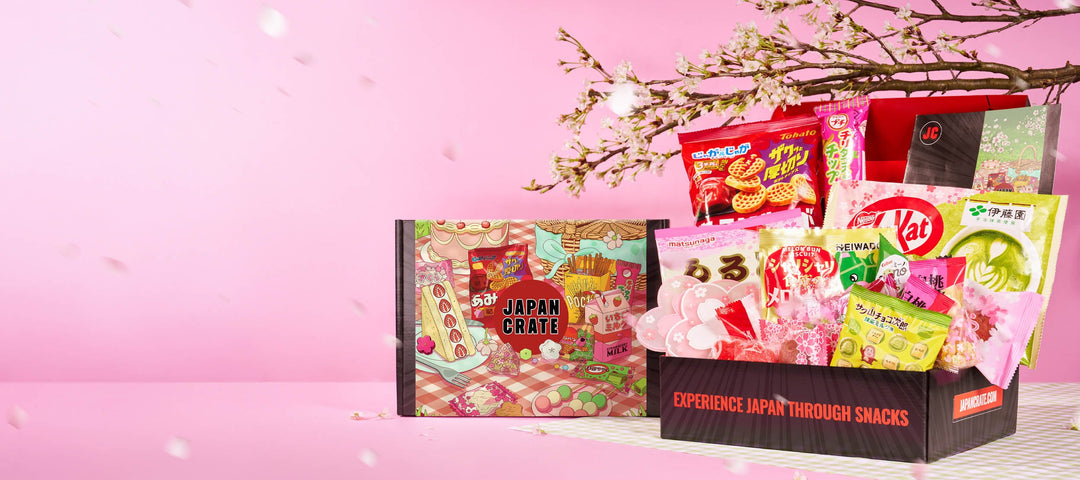What Japanese Noodles are Low-carb?

Nothing is more delicious than slurping up a flavorful bowl of ramen or a silky, well-seasoned Japanese noodle. Luckily, you don't have to give up delicious noodles just because you're on a diet with low-carb Japanese noodles.
That said, although many diets usually forbid carbohydrates, there are many noodle alternatives you may employ to prepare tasty pasta dishes without disrupting your diet routine. Here are some low-carb Japanese noodles you can use in your following Japanese cuisine keto recipes.
Low-carb Japanese Noodles
Shirataki noodles

Shirataki noodles are readily available in Japanese supermarkets and are produced from the konjac plant and konjac yams. These noodles are made of glucomannan fiber, which is taken from yams and combined with water to make konnyaku. The konnyaku is then formed into various shapes, such as the noodles known as shirataki. They are also called miracle noodles, konjac noodles, and konnyaku noodles.
In addition, traditional shirataki noodles typically include 97% water and 3% fiber, with less than 1 gram of net carbs per 100g. The noodles are keto-friendly since they are packed with indigestible nutritional fiber and have no calories or carbs. Moreover, shirataki noodles are extremely similar to rice noodles in texture and chewiness. They are an excellent foundation for a variety of keto pasta meals since they absorb whatever flavors you cook them. It can also help you manage your weight and improve your cardiovascular health.
Japanese Soba Noodles

The ingredients for soba noodles have their origins in Japan and include buckwheat flour, water, and occasionally whole-wheat pasta flour. They are spaghetti-like, thick, dark brown noodles. These soba noodles are tasty, healthful, and have no negative side effects. Moreover, fewer than 4 ingredients are in soba noodles, and all 8 of the necessary amino acids are included, unlike wheat, which lacks lysine.
Soba noodles can be eaten as noodle dishes or served chilled with a dipping sauce. While spaghetti squash and zucchini noodles are excellent ways to include vegetables in your cuisine, there's no denying that they don't quite compare to authentic Japanese soba noodles.
Spaghetti Squash Noodles

One of the low-carb pasta alternatives could be spaghetti squash! It's a filling and healthy substitute for low-carb noodles thanks to its naturally stringy flesh, which is comparable to regular pasta. These noodles are not only low-carb but are also loaded with vitamins and minerals. The squash separates into thin spaghetti-like strings when it is roasted. Although the texture is noticeably different, it's a fantastic option for making spaghetti recipes that adhere to the keto diet. It is an excellent substitute for gluten- and keto-friendly noodles and contains 7.8 grams of net carbohydrates per serving.
Kelp Noodles

Kelp noodles, also known as seaweed noodles, are made of brown kelp and water. Green and transparent kelp noodles are the two varieties available. The green kelp noodles feature an al dente texture and a seaweed flavor, while the transparent noodles have less flavor and are tougher and crispier.
With these tasty noodles, you can get a dosage of beneficial minerals, and due to their low net carb content, kelp noodles are suitable for keto diets. Additionally, they don't contain any non-keto components like sugar, artificial sweeteners, or overly processed oils. These kelp noodles are at their best when adding a tablespoon of lime or lemon to maintain the al dente texture. Alternately, you might simmer them in a broth for sour noodle soup.
Author Bio







Leave a comment